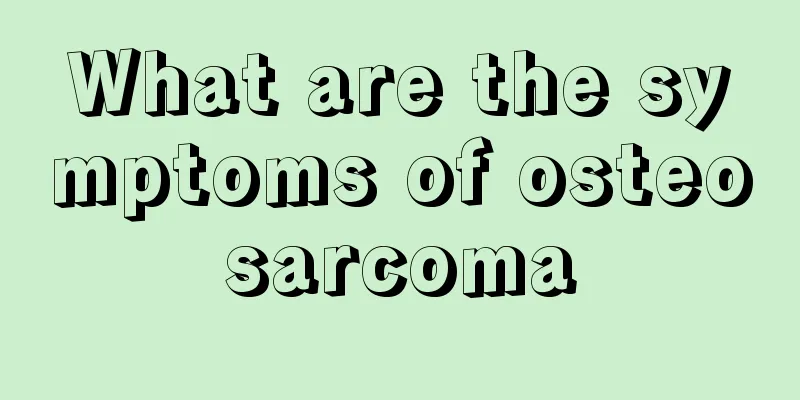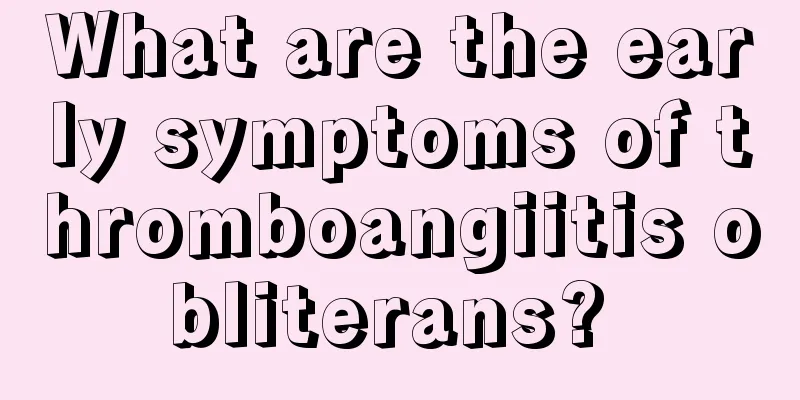Can optic nerve ischemia be cured?

|
The optic nerve is a relatively important nerve in our human body. It controls our vision and affects our lives. If there is a problem with our optic nerve, it will cause problems with our vision. We may suffer from decreased vision or even blindness. Optic nerve ischemia refers to insufficient blood supply to the optic nerve, which may cause some vision problems. It can be restored through treatment. So, can optic nerve ischemia be cured? Ischemic optic neuropathy is an acute disorder of the arterial blood supply to the optic nerve, which causes ischemia and hypoxia of the optic nerve, resulting in damage to the optic nerve. It is divided into anterior ischemic optic neuropathy and posterior ischemic optic neuropathy. It can occur in one or both eyes, and there may be an interval between the onset of the two eyes. Currently, it is collectively referred to as anterior ischemic optic neuropathy in clinical practice. It is more common in the elderly, over 60 years old, and more common in women than in men. Any systemic disease or eye disease that can cause insufficient blood supply to the optic disc can cause this disease. Such as hypertension, arteriosclerosis, temporal arteritis, carotid artery obstruction, diabetes, leukemia and polycythemia. It can also be caused by low or high intraocular pressure, which causes the perfusion pressure of the small blood vessels in the optic disc to lose balance with the intraocular pressure. Due to changes in blood composition and increased blood viscosity, blood circulation slows down, oxygen carrying capacity decreases, causing optic disc hypoxia. Ischemic optic neuropathy is more common in middle-aged and elderly patients, most of whom have a history of hypertension, hyperlipidemia, etc. It is mainly caused by vascular infarction supplying the optic disc. It is an ophthalmic emergency and requires active and timely treatment. Some patients can recover a certain degree of vision and visual function. Suggestions: Ischemic optic neuropathy is generally a binocular disease, and both eyes can be affected one after the other. It is recommended to conduct detailed examinations and regular outpatient follow-up. The earlier the treatment, the better, so as not to delay treatment. Ischemic optic neuropathy is often manifested by decreased vision, optic disc edema, unclear boundaries, and lighter color of the lesion area. Over time, optic nerve atrophy may occur, and visual field examinations often reveal fan-shaped defects connected to the fish's physiological blind spot. Most of them are related to hypertension, diabetes, arteriosclerosis, and increased blood viscosity. The course of the disease is long and requires patient treatment. Suggestions: The treatment can be compound anisodine injection, subcutaneous injection at the temple, hormone application, lowering intraocular pressure to increase blood perfusion, and the application of vasodilators, blood circulation and blood stasis drugs, nerve nutrition drugs, treatment of the primary disease, etc. |
<<: How long can blood in a blood bank be stored
>>: Will I feel my period after implantation?
Recommend
Can tooth cleaning powder whiten teeth?
Showing eight teeth is the most standard smile. A...
What can I eat to cure my bad breath quickly?
"Shanghuo" is a term used exclusively i...
How to eat Cordyceps sinensis and absorb it well
There are many ways to eat Cordyceps sinensis. Fo...
What to do if your forehead skin is loose? This is how you can solve it!
As people age, their skin will gradually become l...
What are the functions of rice washing water
We all know that after washing rice, there will b...
What foods can increase estrogen?
In life, most women like beautiful bodies, which ...
The efficacy and function of Leigongma
Speaking of the thunder horse, many people may no...
Is hematuria caused by kidney cancer contagious?
Hematuria is the second most common symptom of ki...
There are several ways to detect early kidney cancer
Kidney cancer is more common in my country, and i...
What is glaucoma?
The problem of glaucoma cannot be ignored, becaus...
How to control oily hair
Since male friends have shorter hair, they basica...
Is nasopharyngeal cancer hereditary?
The hereditary rate of nasopharyngeal cancer is n...
How to treat women with less water
If women have less water during sex, it will affe...
Are there risks in prostate cancer biopsy
Prostate cancer is a common disease in elderly me...
Is gastric malignant lymphoma cancer?
Gastric malignant lymphoma is a malignant tumor, ...









